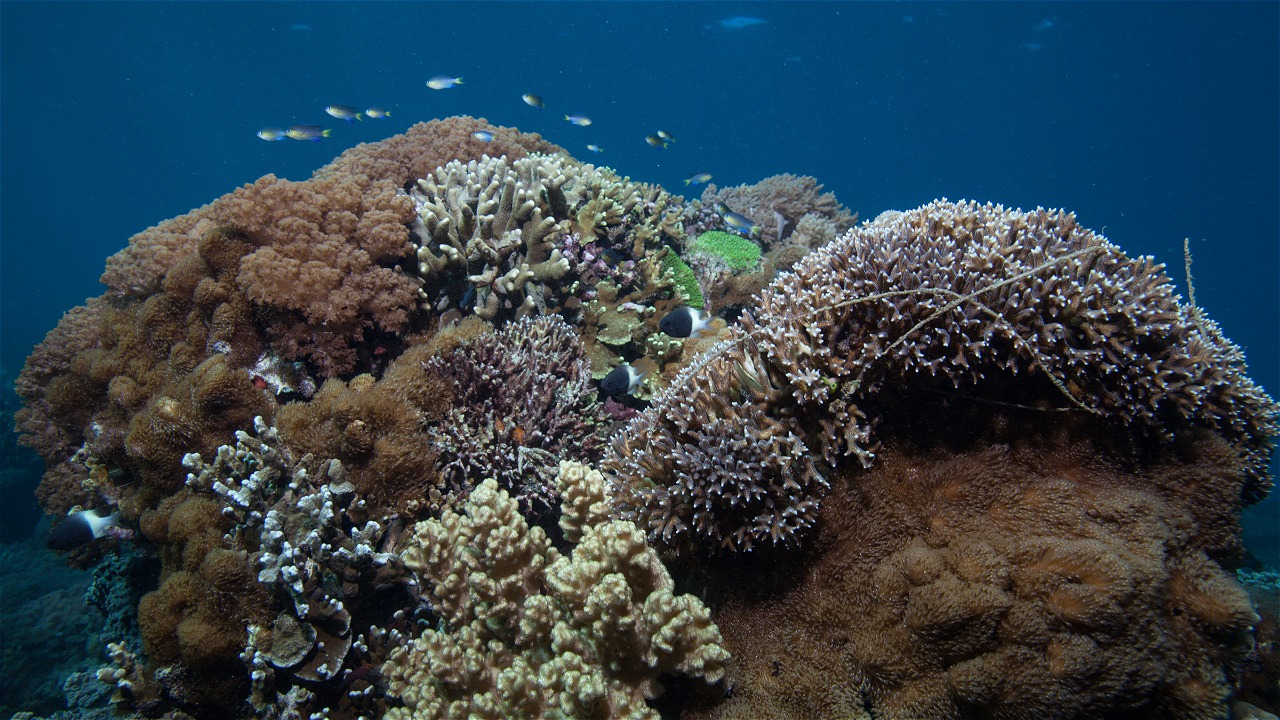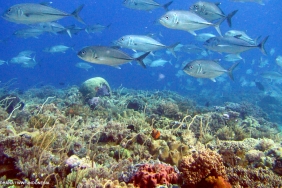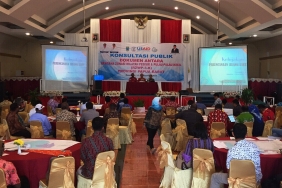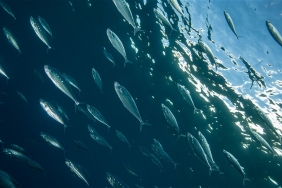MSC ECOLABEL STANDARD: THE FUTURE OF REEF FISHERIES IN WAKATOBI
By: Munawir (Capture Fisheries Officer, WWF-Indonesia)
Wakatobi National Park (WNP) in Southeast Sulawesi has an area of 1,390,000 hectares. 97% of the WNP area is dominated by water, which is ± 1,342,630 hectares (Statistical Data of Wakatobi National Park 2013). In the fisheries sector, reef fish is one of the commodities that is widely utilized by fishermen and buyers. Both from within the region, as well as from outside Wakatobi such as from Bau-bau, Kendari, and Bali.
In terms of territorial arrangements, WKNP has been managed with a zoning system established by the Decree of the Director General of Nature Conservation Forest Protection (PHKA) No. SK. 149/IV-KK/2007 dated July 23, 2007. WKNP is divided into 6 zones, namely 1) Core Zone, 2) Maritime Utilization Zone, 3) Tourism Zone, 4) Local Utilization Zone, 5) General Utilization Zone and 6) Mainland Special Zone.
Seeing these facts, on November 10-13, 2016, the WWF Indonesia Capture Fisheries Team together with third party consultants for Marine Stewardship Council (MSC) certification in Indonesia, Dr. Rijal Idrus and Dr. Aidah Ambo Ala Husain, conducted an initial assessment of reef fishing practices using handlines in Wakatobi.
This assessment refers to the Marine Stewardship Council (MSC) standard , as the ideal criteria for sustainable fisheries management through the implementation of the Fisheries Improvement Program (FIP). The main foundation is three sustainable principles, namely stock sustainability (P1), minimizing environmental impact (P2), and effective management (P3).
The initial assessment of the MSC Unit of Assessment (UoA) was conducted by involving various stakeholders in reef fish fisheries management, namely the Wakatobi National Park Center, the Marine and Fisheries Service, Bappeda, businesses, and fishermen.
Currently, there is no detailed production information on the types of reef fish caught. But in general, Wakatobi marine fisheries production in 2015 reached 12,745 tons (Wakatobi Statistical Data in 2016).
The most commonly caught target reef fish are red sunu/tung sing (Plectropomus leopardus), tiger grouper (Epinephelus fuscoguttatus), sunu bone/tai sing (Plectropomus maculates), black rubber grouper (Aethaloperca rogaa), and small tiger grouper/capan (Epinephelus fuscoguttatus/polyphekadion).
"Currently, reef fisheries activities in Wakatobi have changed a lot for the better," explained Mr. Salihin, Chairman of the Anta Pulo Fishermen Group. "Supervision and guidance from various parties such as the National Park Agency, DKP Wakatobi, and various community groups have made people aware of the importance of protecting existing fisheries resources," he continued.
The increasing market demand for environmentally friendly fish products has also played a role in changing fishing practices. Those who initially still used destructive methods such as bombs and tranquilizers, switched to using fishing gear, both types of longlines and tonda / kedo-kedo fishing rods. Based on DKP Wakatobi data in 2013, out of a total of 7909 units of fishing gear in operation, 75% were dominated by fishing rods.
Based on the results of this initial assessment, the recommendation for UoA, which is encouraged to obtain MSC certification, is the improvement of information regarding reef fishing practices. The goal is to assist in the development of governance plans and policies that can be implemented to regulate reef fishing practices in Wakatobi.
The results of this initial assessment will be communicated to partner companies that are members of Seafood Savers, WWF-Indonesia's network of sustainable fisheries businesses. Gaps will be filled through FIP implementation prior to MSC full-assessment.
Coordination between stakeholders related to reef fisheries management is also needed to oversee the improvement program. With the ultimate goal, sustainable utilization of fisheries resources, and the welfare of Indonesian fishermen.





